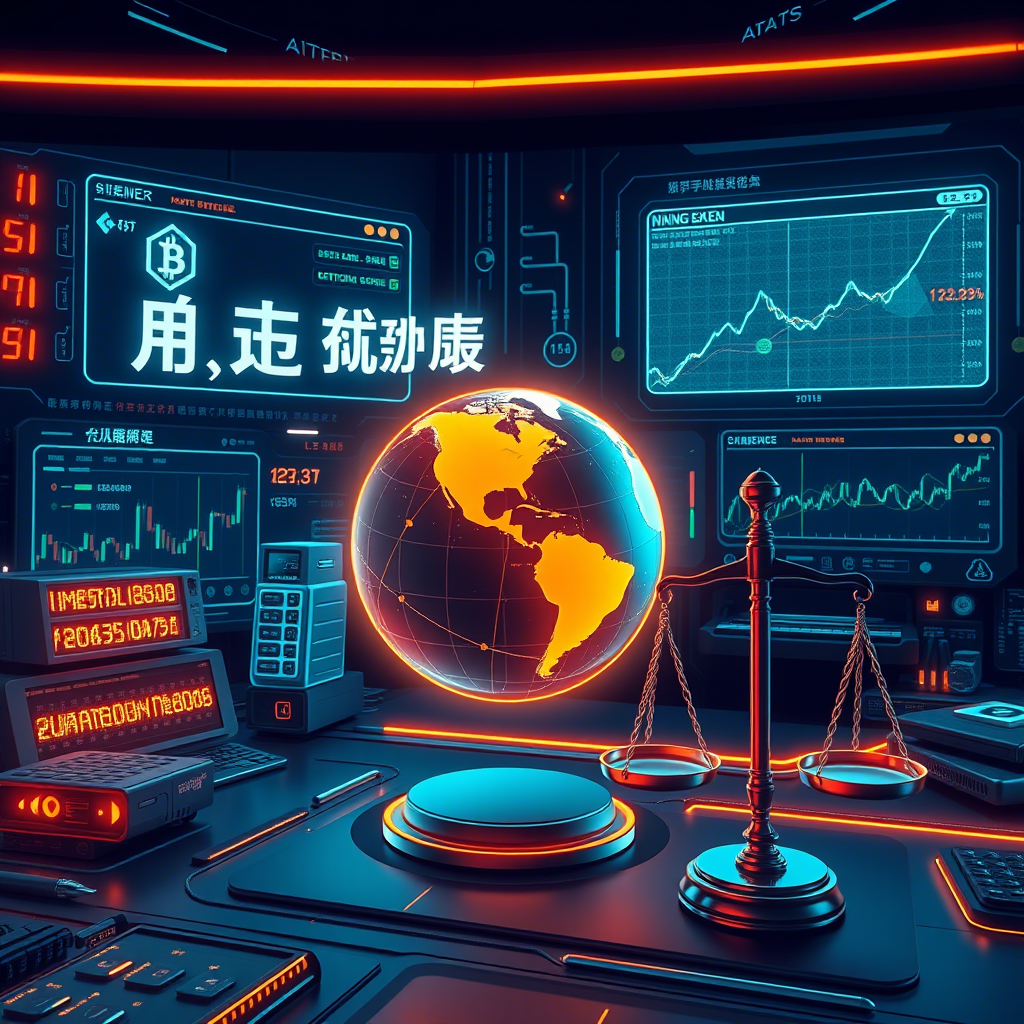Learn about its definition, historical evolution, underlying technologies, and the core concepts that are shaping this next-generation digital universe. Whether you’re a tech enthusiast or a newcomer curious about this digital frontier, read on to discover the fundamentals of the metaverse.








